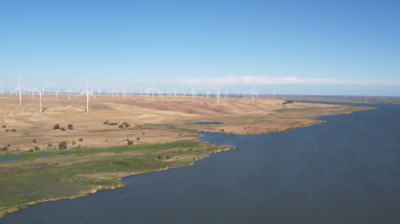Bay Area’s Connectedness Key in Maintaining Economic Dominance
A robust network of connections among top business executives, innovators, entrepreneurs, scientists, academics and investors is a major reason the Bay Area has been able to maintain its economic dominance over the past 40 years. That was among the interesting findings UCLA urban planning professor Dr. Michael Storper presented during a talk this week (Jan. 25) hosted by the Bay Area Council. Storper visited the Council to discuss his new book – The Rise and Fall of Urban Economies – which compares the economies of the Bay Area and Los Angeles and examines why LA has slipped from #1 to #25 nationally since the 1970s at the same time the Bay Area has remained at the top.
Storper specifically cited the Bay Area Council as a major driver of that connectedness or what he called “nBetweeness.” Leadership nBetweeness among the Council’s members, Storper said, is more than three times denser than that of any business group in the greater Los Angeles area and of any other similar group in the Bay Area. Those connections are critical in bringing together the necessary ingredients for creating innovation, supporting entrepreneurial activity and generating economic growth, he said. Hear Dr. Storper describe the Council’s nBetweeness>>
The Bay Area’s ability to mash together “hippy academics and crew cut engineers” to drive innovation is another big reason our region has been able to maintain its economic dominance over the past 40 years, Storper said. He cautioned, however, that the Bay Area’s success, particularly in the high tech sectors, could be a weakness. Los Angeles grew so comfortable with its massive government-supported aerospace and defense industries in the 1970s that it failed to diversify and pursue new and emerging industries.
Watch Dr. Storper’s full presentation>>





